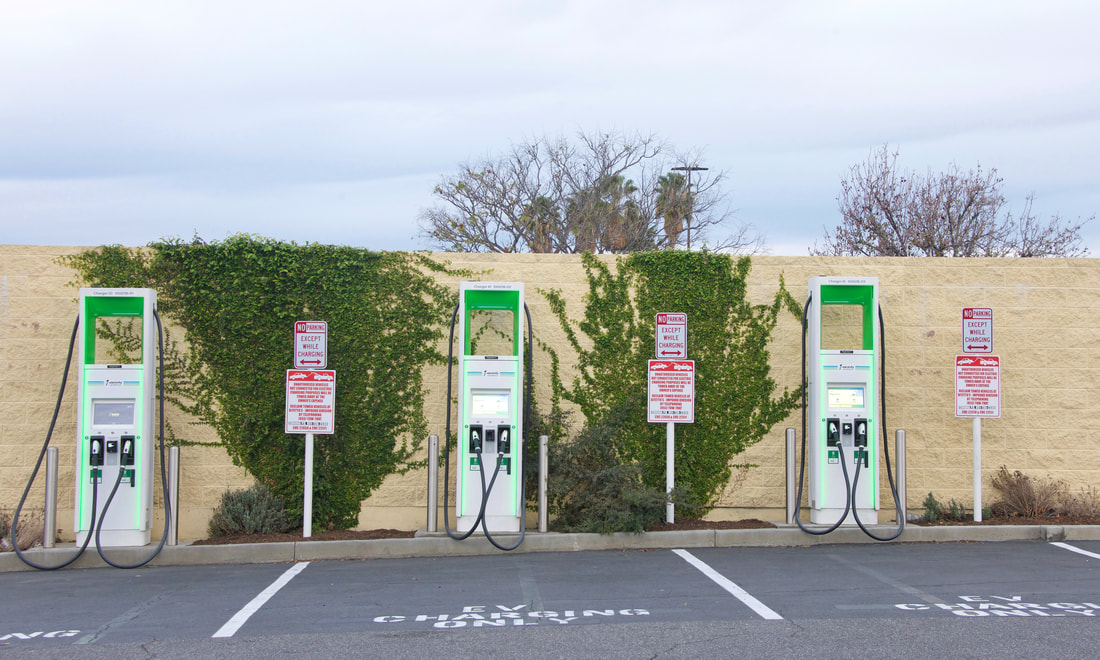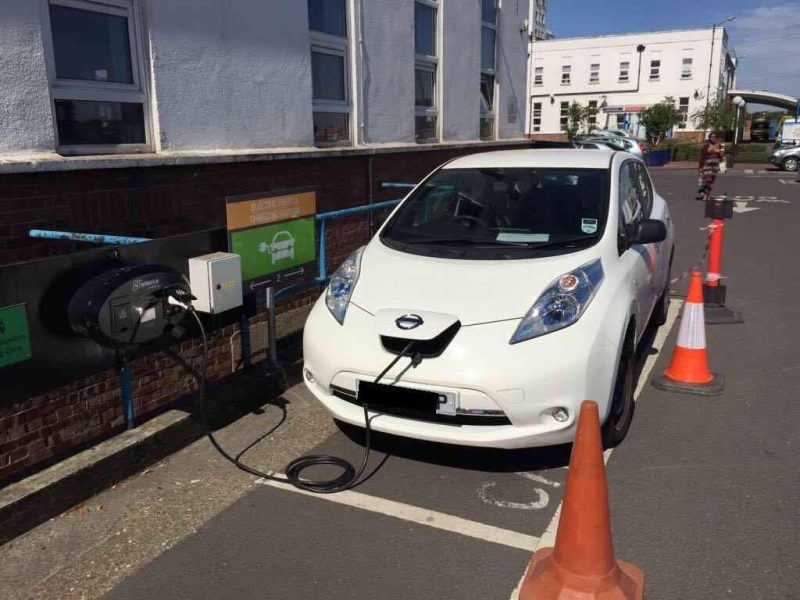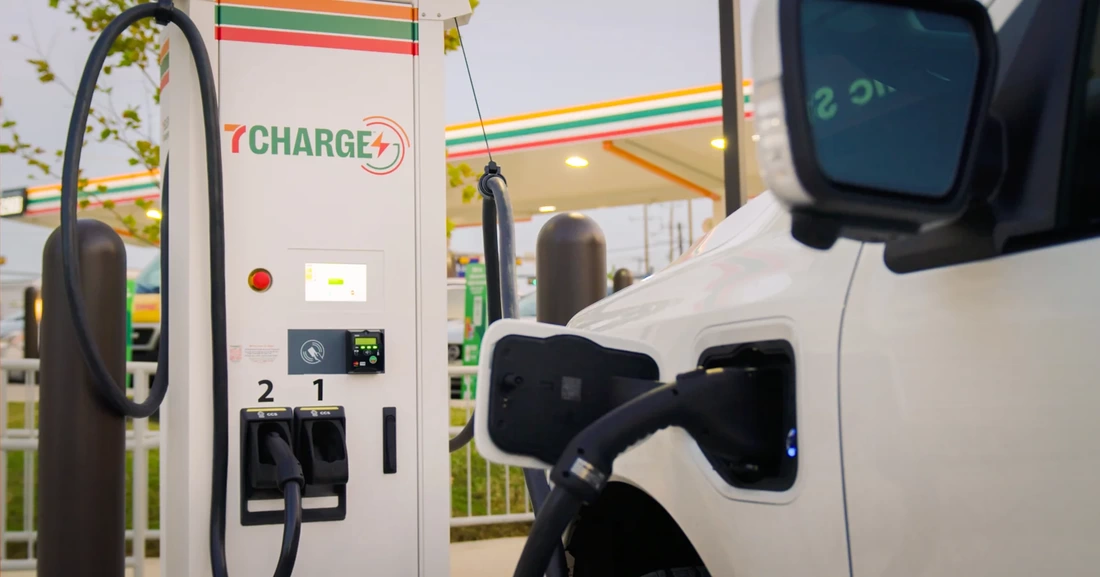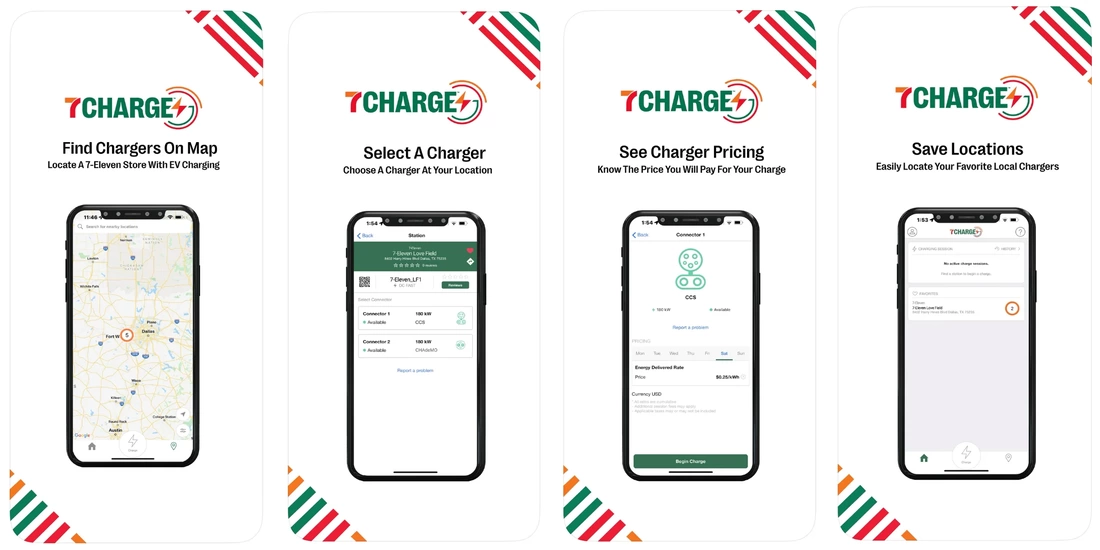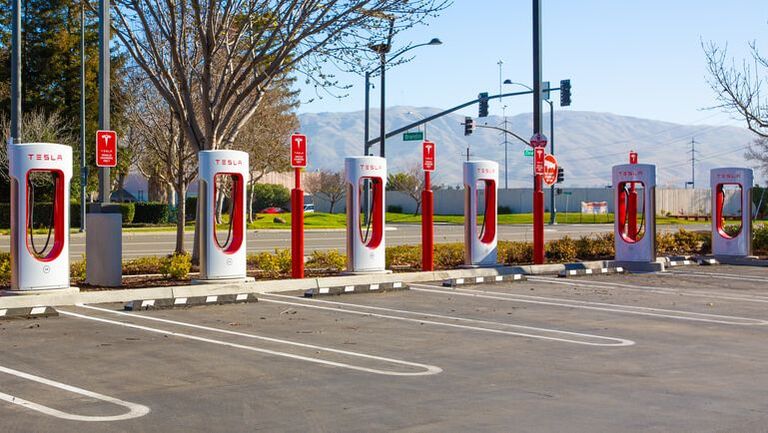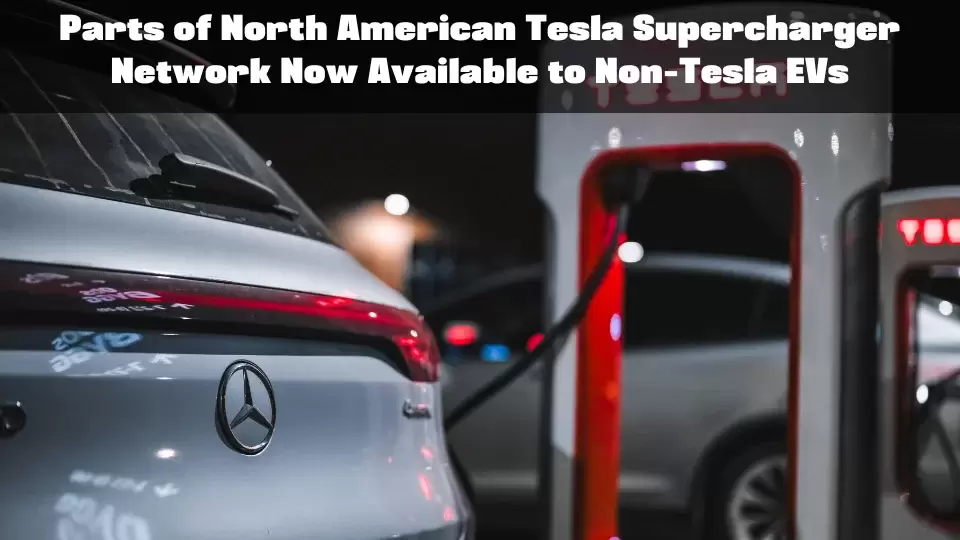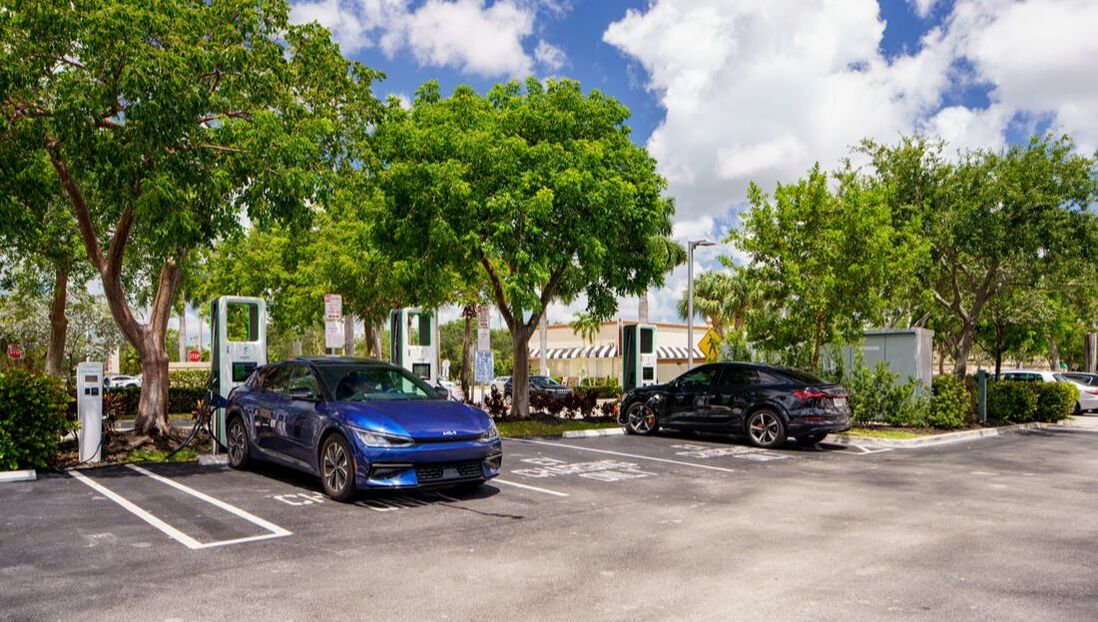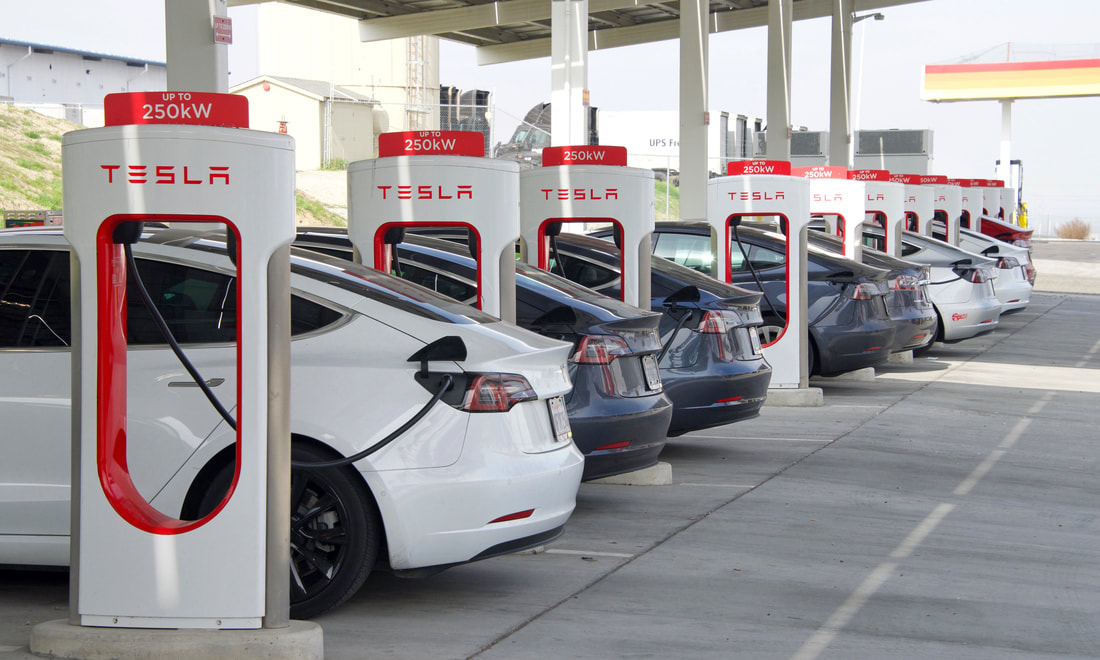|
As EVs continue to rise in popularity, the charging infrastructure in the US must keep up as demand grows. We can expect to see significant developments in 2023 as more and more companies look to increase the production of electric cars. In this article, we will discuss the current state of public charging, what we can expect in the future and the challenges the industry faces as it rolls out. Current State of the Charging Infrastructure in the US As of January 2023, there were approximately 160,000 public charging stations in the US. With growing demand and pledges by the Biden administration, this figure will definitely grow significantly in the coming years. Here are some critical facts about the current state of charging:
The public charging infrastructure is very much in its infancy, and there is still significant room for growth. As more and more consumers switch to electric vehicles, it will be crucial to continue to expand and improve the charging infrastructure to meet their needs. The Future of Public EV Charging The charging infrastructure is expected to accelerate at a similar rate to the production of EVs. There are a number of charging companies and network operators (like Electrify America, EVgo, Blink, and others) investing billions of dollars into expanding affordable EV charging solutions, and these investments will increase in the coming years. Major automakers such as Ford, General Motors, and Volkswagen have also made major investments, with plans to invest billions more into increasing their production of electric vehicles and have formed partnerships with network operators to improve consumer access to the charging infrastructure.. By having these companies invest in the charging networks, we expect to see more accessibility for EV owners across all 50 states. The efforts to build out the needed charging infrastructure aren’t limited to the private sector either. Recent announcements by the Biden Administration have committed many billions of federal dollars to accelerate the plans already in place. Challenges Facing Charging Infrastructure Development While the development of the charging infrastructure in the US is progressing rapidly, there are still numerous obstacles that need to be overcome before you will have tens of millions of EV’s on the roads. Some of the more pressing challenges include: Cost - It’s no surprise that purchasing and installing charging stations, and operating and maintaining them can be expensive. For some, the price may be too high and this will slow the growth of the industry. Permitting and Regulations - The permitting and regulatory requirements for installing charging stations can vary widely from state to state, which can be a real problem when you are trying to roll out charging points across the whole of the US, adding valuable time and cost to the process. Conclusion In the absence of substantial investment and advancement in the US charging infrastructure, a widespread shift to electric vehicles is uncertain at best. It is essential to have this framework in place before the number of EVs on our roads surges to record level. Encouragingly, automakers, charging providers, and the government are collectively pouring billions of dollars into enhancing the infrastructure nationwide. This is a positive indication for the gradual elimination of internal combustion engine vehicles over the coming decades, ultimately paving the way for a future dominated by electric cars. About the Author
7-Eleven has announced it will be jumping into the EV charging game this past Thursday (3/16/23). With the introduction of 7Charge, 7-Eleven plans to establish one of the largest and most compatible fast-charging networks for electric vehicles of any retailer in North America. The service is currently operational at various locations in Florida, Texas, Colorado, and California, offering fast-charging services to customers through use with their proprietary 7Charge app. The charging stations will be equipped with both CHAdeMO and CCS fast-charging connectors and will be notably excluding Tesla's NACS connector. As a result, Tesla vehicles will need to use an adapter if they want to utilize the network. Current stations shown on the 7Charge app are listed as providing a peak rate of 90 kW. According to the company, pricing for the 7Charge network is determined by either energy consumed (in kWh) or time spent charging, depending on the regulations in the state where the chargers are located. Similar to other EV charging networks, customers are requested to move their vehicles after charging is complete, and may be subject to additional fees for prolonged use at certain locations. It will be interesting to see how consumers take advantage of this offering. With most trips to 7-Eleven lasting less than 10 minutes, will customers take longer and wait for their EV to charge more... or will they leave when they're finished in-store?
Earlier this week, the Biden-Harris Administration unveiled its most recent plans designed to establish reliable, user-friendly electric vehicle (EV) charging infrastructure, with the ultimate goal of electrifying the iconic American road trip.
The Bipartisan Infrastructure Law, proposed by President Biden, includes significant investments of $7.5 billion towards EV charging infrastructure, $10 billion towards clean transportation, and over $7 billion towards EV battery components, critical minerals, and materials. These flagship initiatives complement the Inflation Reduction Act's pivotal backing for advanced batteries and newly enhanced tax credits that encourage the purchase of EVs and the further buildout charging infrastructure. Additionally, dozens of other federal initiatives have been created to promote domestic manufacturing and construct a nationwide network of EV charging. Growing the network of electric vehicle chargers along American highways and in local communities is a necessary step to meet the goal of having EVs make up 50% of all new car sales by 2030. Additionally, this proposal by the Administration will advance a strategy for further development of the domestic electric vehicle and EV charging industries, while simultaneously creating well-paying employment opportunities in manufacturing and installation, all of which contribute to the United States achieving net-zero emissions by 2050 with limited reliance on foreign entities. After meeting with Tesla CEO Elon Musk last month, the Administration announced that they have reached an agreement with the company to make a portion of it's Supercharger Network available to non-Tesla vehicles in exchange for a cut of the total funding available. "We do understand that Tesla is looking to tweak their system to be more open access. So, if they do reach that point and meet those eligibility requirements, they certainly will be eligible for funding," Stuart Anderson, head of Iowa's transportation development division, told Reuters. As of the end of last year, there were a total of 11,479 non-Tesla DC Fast chargers installed across the country and 17,248 Tesla Superchargers. However, not all Tesla's network will be available to every electric vehicle. The deal between Tesla and the Administration resulted in Tesla agreeing to open up 3,500 new or existing superchargers to non-Tesla customers and double the total count of Supercharger stalls by the by the end of 2024. The impact for non-Tesla vehicles will likely be minimal. According to Executive Analyst Karl Brauer at iSeeCars, "It’s worth noting that Tesla’s Supercharger network is both vast and advanced, with more Level 3 fast chargers than all other EV charging networks, including Electrify America and ChargePoint, combined. If Tesla opened its entire network up to non-Tesla vehicles it would immediately and substantially improve the EV infrastructure. Tesla could more than double the number of nationwide fast chargers available to electric vehicle drivers if the entire network was opened up. But Tesla has only committed to 3,500 Level 3 chargers becoming available by the end of 2024, or about 20 percent of its fast-charging network. Of course every little bit counts when trying to solve the EV infrastructure problem… but it’s disappointing to see this little bit coming from the nation’s largest fast charger network.”
The likely reason that Tesla decided not to open the entire Supercharger Network, at least initially, is the expected effect to existing and future Tesla owners. At times, the existing supercharger network already sees heavy usage with demand for charging exceeding the available stalls.
Opening the Supercharger Network to all electric vehicles from any manufacturer would also eliminate one of the biggest advantages Tesla has over its competitors as the reliability of non-Tesla fast charging networks can be finicky and frustrating and Tesla's charging experience is smooth and usually flawless. Many people point this out as a reason to buy Tesla vehicles over others. Another potential reason behind the decision is potentially the cost and time associated with retrofitting the Magic Dock CCS adapter to every single Supercharger station could be more than the company wants to take on at the moment. Who knows? What we do know, is that Tesla has a strong incentive to make changes if they want to access a part of that $7.5 Billion in funding. The exact amount of funding that Tesla will receive from the program was not disclosed by the company or by the White House; however, it is likely substantial. What do you think? Leave a comment below with your thoughts!
Did you like this article? Subscribe to the EV Resource Weekly newsletter and have news delivered directly to your email inbox!
If you drive an electric vehicle and pull in to a public charging station, you want it to work. However, reports suggest that the failure rate is quite high, some networks worse than others. How many times, before EVs, did you ever pull up to a gas pump and it wasn't turned on, had an issue with billing, or just didn't work at all? While it does happen, it's not likely something that you can easily recall and would be far from what you would call a typical experience. The up-time on gas pumps is not something that is often thought about, much less discussed. We've grown accustomed to the "it just works" experience for so long. So, when it comes to electric vehicles and charging at public fast-charging networks, we have the very same expectation. It just needs to work. Unfortunately, all too often, it doesn't. In mid-2022, J.D. Power released an EV charging report outlining many of the problems with public fast-charging sites, finding many "owners in high EV volume markets like California, Texas and Washington, for instance, are finding the charging infrastructure inadequate and plagued with non-functioning stations." One of the key takeaways from that study indicated that "one out of every five respondents ended up not charging their vehicle during their visit. Of those who didn’t charge, 72% indicated that it was due to the station malfunctioning or being out of service." Within the last month, the team at Out of Spec Studios, lead by Kyle Connor, started a weekly report on the state of public charging called: Rate Your Charge. Every Saturday they send out a newsletter summarizing data from numerous fast charger check-ins from regular EV owners. Hundreds of reports, good, bad, or failed have poured in from around the country showing that the reliability problem with public fast-charging networks is not going away. In their most recent report, they highlighted 'app inaccuracy' saying: "This week, we recorded 55 instances of app inaccuracy. There were 34 instances with Electrify America, 6 instances with ChargePoint, 5 instances with Tesla, 3 instances with EVgo, as well as 7 instances from other operators. We even had a check-in where the Electrify America app showed the CHAdeMO charger online, but it was actually not functional. App inaccuracies from Electrify America are especially concerning this week. We recorded many instances of chargers displaying as available in the app, but were actually offline or unavailable. We also recorded instances of chargers claiming to be plugged in when there is no vehicle, meaning that station is effectively unavailable. We recorded instances of communication and initialization errors, as well as charges that abruptly stopped just a few minutes into a charging session." Despite the many advantages of owning an EV, using public fast charging stations can be a source of disappointment for many EV owners. Inadequate charging network coverage and unreliable charging equipment, and app inaccuracy are just a couple of the issues that public fast charging stations often fail to deliver on, leaving EV owners feeling frustrated.
With continued investment and improvements to the infrastructure, it is hoped that these issues will be addressed and EV owners will be able to experience a smooth and convenient charging process. How has your experience been with public fast-charging? Send us a message to [email protected] or leave a comment below! |
Details
Categories
All
Archives
June 2024
|
- Home
-
Learn.
-
EV 101
>
- EV Terminology
- What is an EV?
- Pros and Cons
- EV Types
- Are used EVs a good option?
- How much range do you really need?
- Real world range
- Types of charging and charging stations
- How Long Does It Take To Charge
- EV Charging Apps
- All about EV Batteries
- Regenerative Braking
- BEV System Components
- EV Maintenance
- EV Mythbusting >
- Podcast
- Newsletter
- Magazine
- Articles >
- Vehicle Reviews
- Alternative Fueling Station Locator
-
EV 101
>
- Connect.
- Experience.
- Deals
- Shop
- About Us

